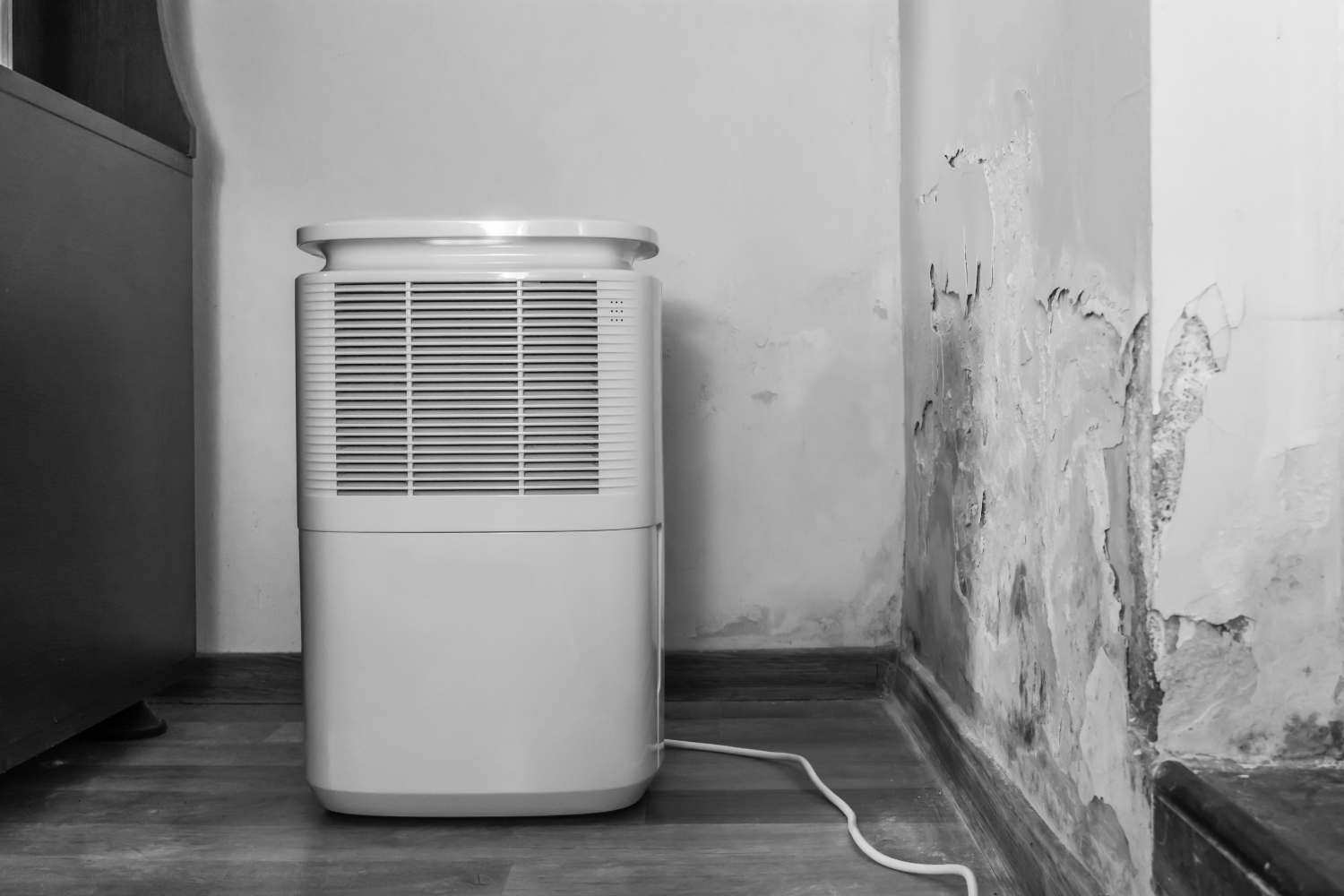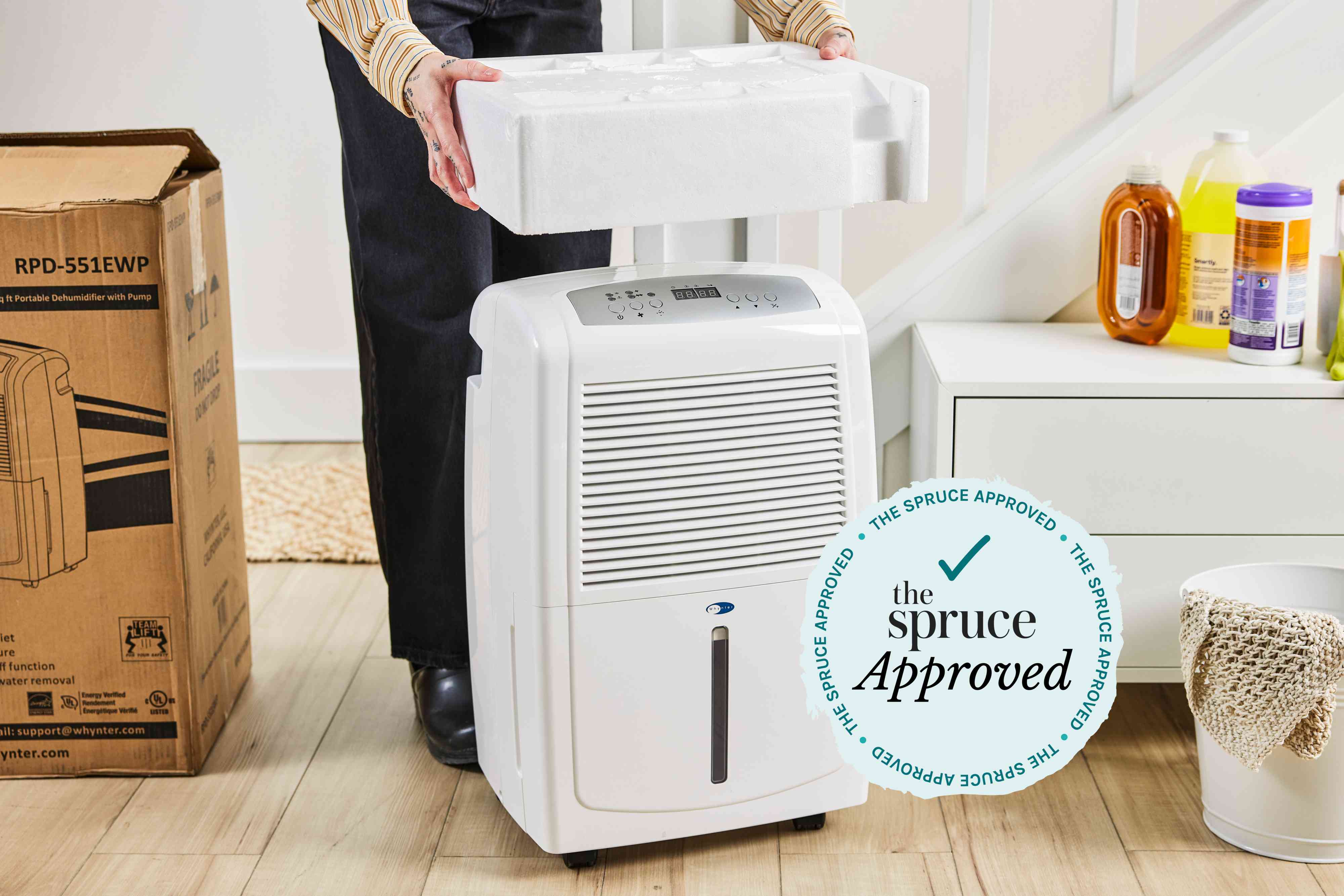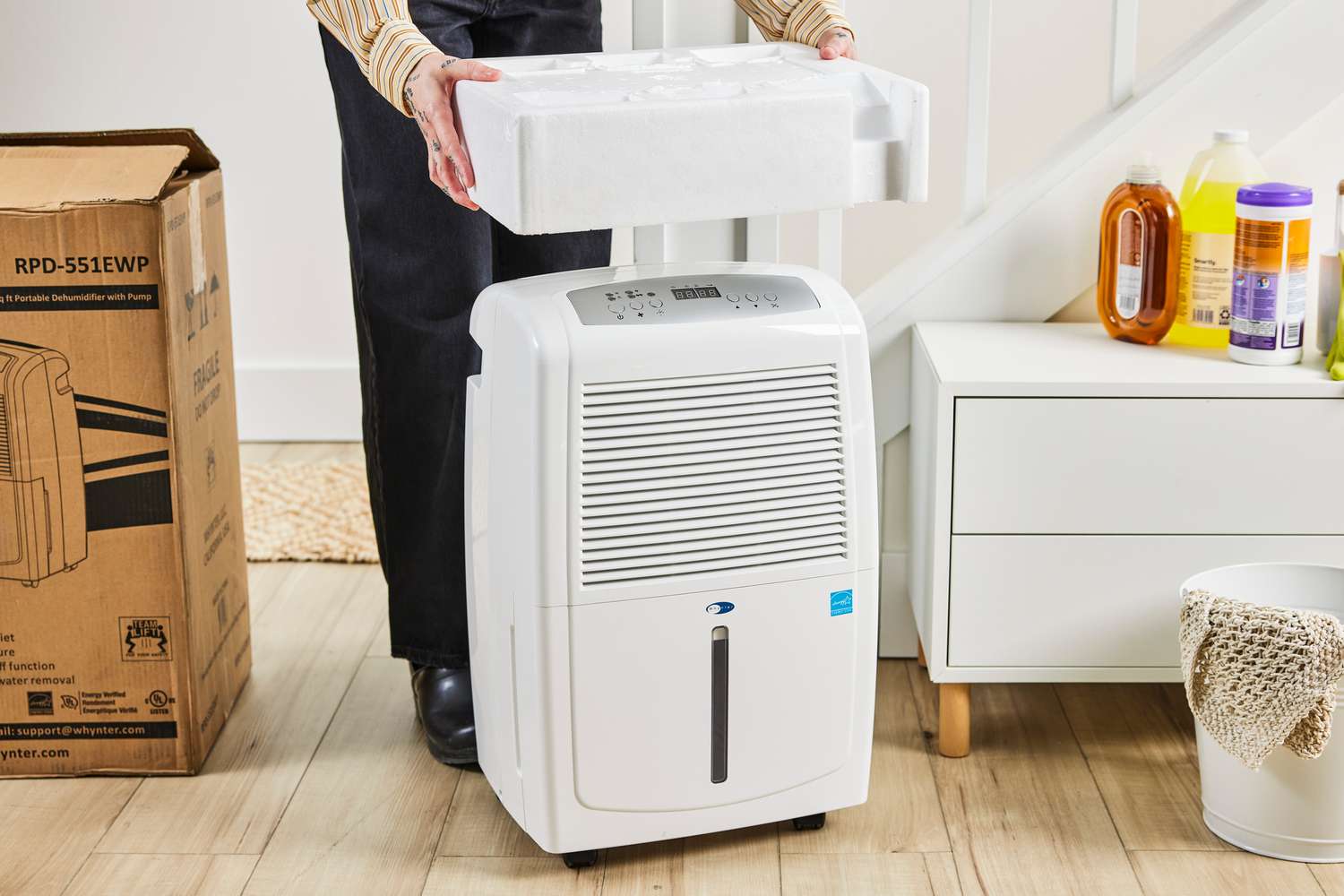Basements can be damp and musty. This can cause problems. You may need a dehumidifier. A good dehumidifier can help. But which one should you choose? Let’s explore this topic together.
Why Do You Need a Dehumidifier?
Basements often have high humidity. High humidity can lead to mold. Mold can harm your health. It can also damage your home. A dehumidifier helps control humidity levels. It makes the air drier and more comfortable.
How Does a Dehumidifier Work?
A dehumidifier removes moisture from the air. It pulls in humid air. Then, it cools the air down. This causes water to condense. The water collects in a tank. The dry air is then released back into the room.
Types of Dehumidifiers
There are different types of dehumidifiers. Each type has its own features. Here are the main types:
- Refrigerant Dehumidifiers: These are common. They work well in warm areas.
- Desiccant Dehumidifiers: These use special materials. They are good in cold areas.
- Whole-House Dehumidifiers: These are larger. They work for the entire house.
- Portable Dehumidifiers: These are easy to move. They work well in small spaces.
Factors to Consider When Choosing a Dehumidifier
Choosing the right dehumidifier is important. Here are some factors to think about:
1. Size Of The Basement
The size of your basement matters. Larger basements need stronger dehumidifiers. Smaller basements can use smaller models.
2. Humidity Levels
Check the humidity levels in your basement. You can use a hygrometer. This tool tells you how humid it is. If humidity is above 60%, you need a dehumidifier.
3. Energy Efficiency
Energy-efficient models save money. They use less electricity. Look for models with the Energy Star label. This means they are more efficient.
4. Noise Level
Some dehumidifiers can be loud. If you spend time in your basement, choose a quieter model. Check the noise level in the product description.
5. Tank Capacity
The tank holds the water. A larger tank needs less emptying. If you don’t want to empty it often, choose a larger tank.
6. Drainage Options
Some dehumidifiers have a drain option. You can connect a hose. This lets water flow out continuously. It saves you time and effort.
Top Dehumidifiers for Basements
Now, let’s look at some good dehumidifiers for basements. Here are a few popular options:
| Model | Capacity (pints/day) | Energy Star? | Noise Level (decibels) | Drain Option |
|---|---|---|---|---|
| Frigidaire FFAD5033W1 | 50 | Yes | 51 | Yes |
| hOmeLabs 50 Pint Dehumidifier | 50 | Yes | 48 | Yes |
| Vremi 70 Pint Dehumidifier | 70 | Yes | 42 | Yes |
| BLACK+DECKER BDT50WTB | 50 | No | 53 | Yes |
| Inofia 30 Pint Dehumidifier | 30 | No | 45 | No |

Credit: www.ensignbuildingsolutions.com
How to Maintain Your Dehumidifier
Once you have a dehumidifier, you must keep it clean. Here are some easy steps:
1. Empty The Tank Regularly
If your dehumidifier has a tank, empty it often. This helps it work better.
2. Clean The Filter
Most dehumidifiers have a filter. Clean the filter every few months. This keeps the air clean.
3. Check For Dust And Dirt
Dust can collect on the unit. Wipe it down with a cloth. This helps it run efficiently.
4. Store Properly
If you don’t use it, store it well. Make sure it is dry. Store it in a cool place.

Credit: www.thespruce.com
Conclusion
A good dehumidifier can make a big difference. It keeps your basement dry. This protects your health and home. When choosing a dehumidifier, consider size, capacity, and efficiency.
Look for models that suit your needs. Remember to maintain it regularly. This will help it last longer. A dry basement is a happy basement!















Leave a Review